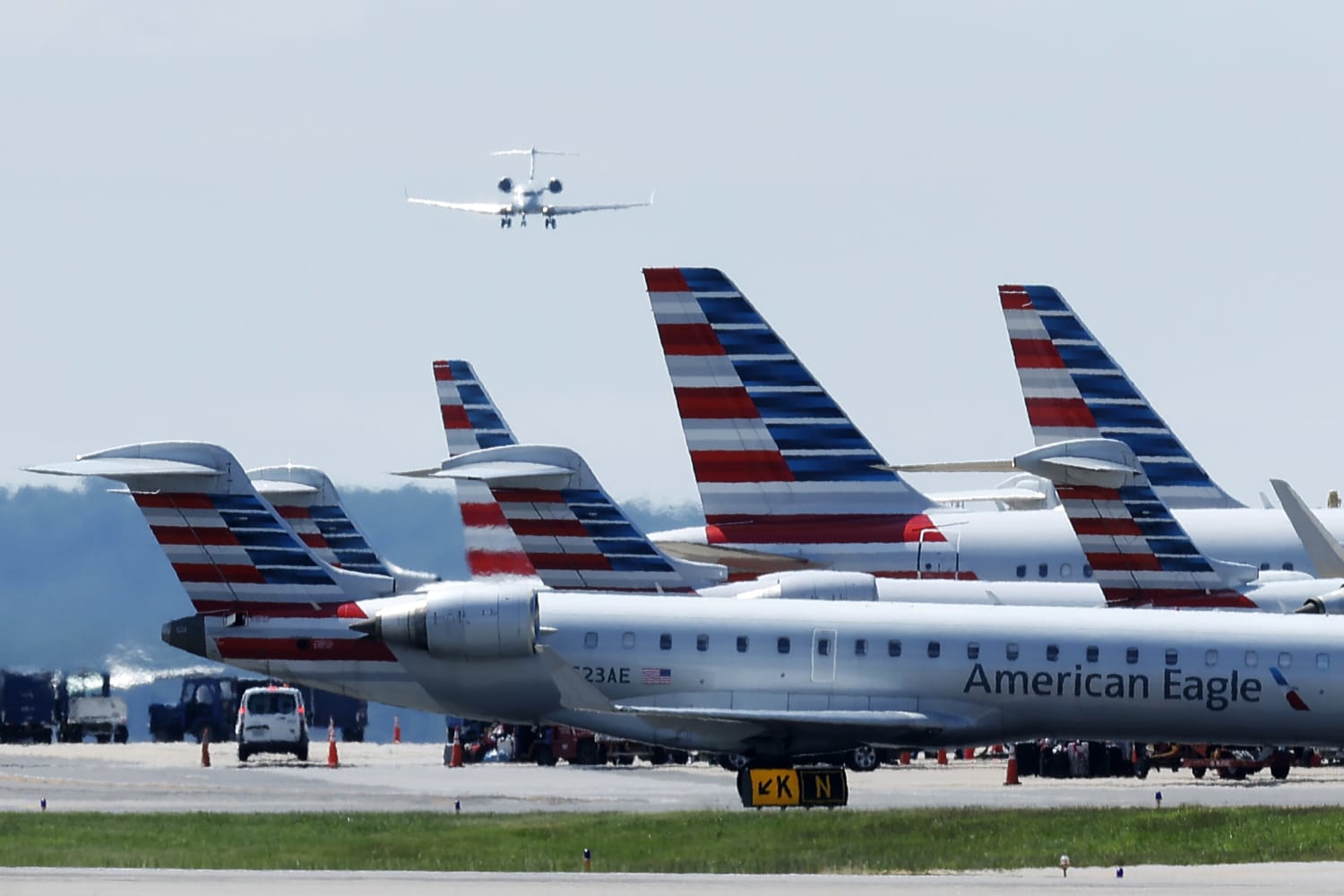The Federal Aviation Administration (FAA) is investigating a near-collision that occurred on Wednesday morning at Ronald Reagan Washington National Airport in Virginia. The incident involved an American Airlines plane and another aircraft on the runway, creating a potentially dangerous situation.
Details of the Incident
The incident occurred when an American Airlines Airbus A319, bound for Boston’s Logan International Airport, was traveling at approximately 92 miles per hour on the runway. An air traffic controller abruptly canceled the takeoff clearance for American Airlines flight 2134 because another aircraft had been cleared to land on an intersecting runway.

In an audio recording shared by NBC News, the tense exchange between air traffic control and the pilots can be heard. The air traffic controller instructs, “American 2134 cancel takeoff clearance … zero, alpha, alpha, go around, go around.” The American Airlines pilot promptly responded, “Rejecting the takeoff, 2134.” However, the pilot of the King Air plane, which was already on the ground, stated, “Zero, alpha, alpha, cannot go around, we are already on the ground.”
Following the aborted takeoff, the American Airlines aircraft needed to be resequenced. The air traffic controller asked if the pilot wanted to return to the gate, to which the pilot responded, “We need to talk to maintenance, but yeah, I think we were above 80 knots (92 miles) so we’re going to have to get an inspection.”
Safety Measures and Response
An American Airlines spokesperson emphasized the airline’s commitment to safety, stating, “The safety of our customers and team members is our top priority, and we’re grateful to our crew for their professionalism.” The spokesperson also confirmed that American Airlines would cooperate fully with the FAA and National Transportation Safety Board (NTSB) investigations. Despite the delay, flight AA2134 took off four hours after its scheduled departure time and arrived safely in Boston, as reported by FlightAware.
Broader Context and Previous Incidents
This near-collision is the latest in a series of runway close calls that have raised concerns about air traffic safety. Just last month, another close call occurred at the same airport when a JetBlue plane was cleared for takeoff while a Southwest flight was cleared to cross the same runway. The quick actions of air traffic controllers, who urgently commanded both planes to stop, averted a potential disaster.
In response to these incidents, the FAA has identified fatigue among air traffic controllers as a significant risk factor. A recent FAA report highlighted the high risk of fatigue within the air traffic control workforce, which could lead to critical safety risks. To address this issue, the FAA plans to increase the rest period for air traffic controllers from nine to ten hours and require a minimum 12-hour rest period before a midnight shift.

These measures are part of a broader effort to enhance safety and prevent future incidents on runways. The aviation industry continues to focus on improving protocols and ensuring that both passengers and crew members remain safe during all phases of flight operations.
